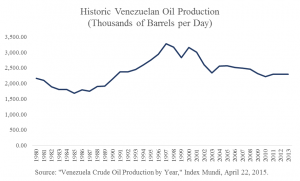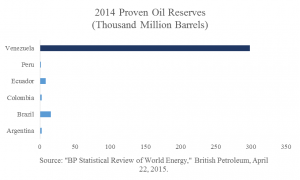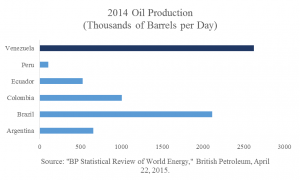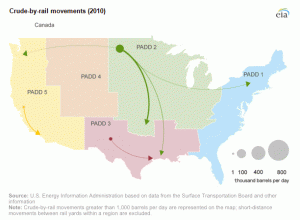States vs Local Hydraulic Fracturing Bans
In the past few years, hydraulic fracturing/frac bans have become increasingly common in communities opposed to the drilling practice that extracts oil and natural gas from shale rock by injecting sand, water and chemicals into the ground. Such bans focus on either the actual drilling methods or the transportation of waste from the hydraulic fracturing process.
State legislatures are now finding themselves in a fight against local authorities for control of hydraulic fracturing regulations in their own states. While Vermont and New York have already implemented state wide bans on hydraulic fracturing, Texas has banned local bans and Oklahoma is considering banning local bans on the practice as well.
Current hydraulic fracturing ban legislation:
- Over 470 local measures have passed in towns, cities, and counties.
- 24 states and Washington D.C. have seen at least one such local measure passed.
- Oklahoma introduced legislation imposing a ban on local frac bans.
The debate has sparked questions over who has the right to regulate oil and gas activity in the state, state agencies or individual communities. For New York, the state-wide ban followed a court decision that town zoning laws allowed the banning of hydraulic fracturing. In an attempt to achieve a compromise between state and local control, state legislation banning cities and counties from outlawing hydraulic fracturing opens the door for local oil and gas regulations, specifically where it concerns health and safety. Texas House Bill 40, signed into law this week by Governor Greg Abbott, includes a four-part test for determining city drilling regulations while prohibiting hydraulic fracturing bans throughout the state.
Lauren Aragon is a research associate at the National Center for Policy Analysis.



